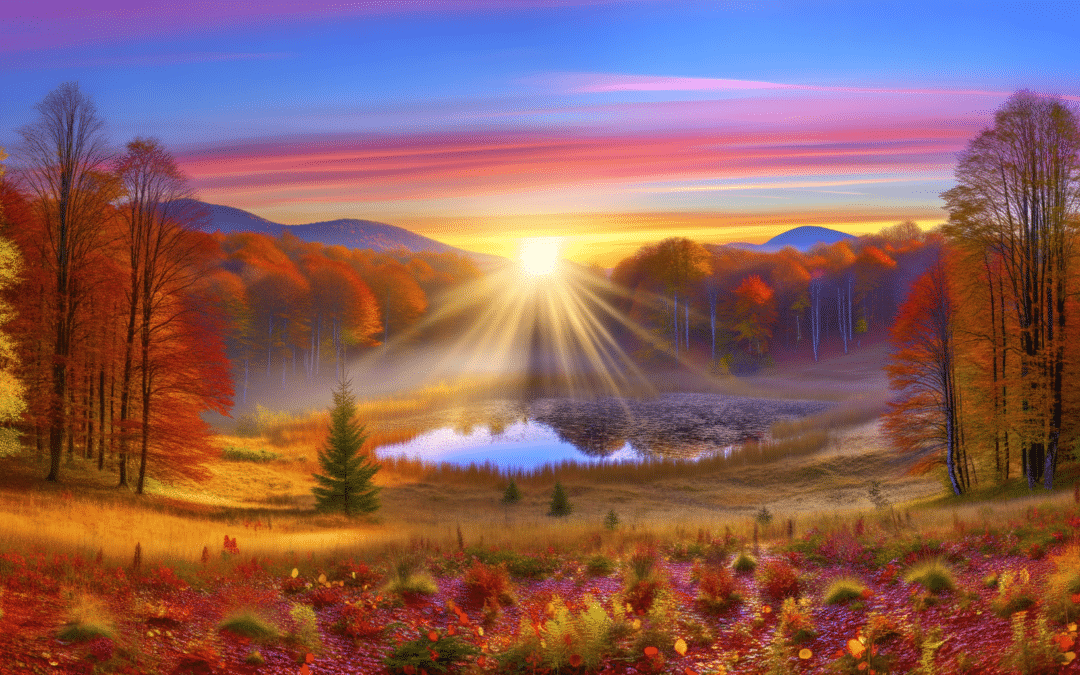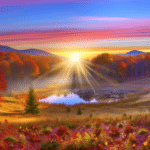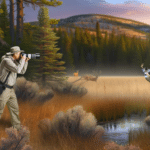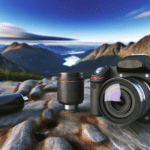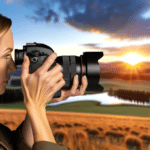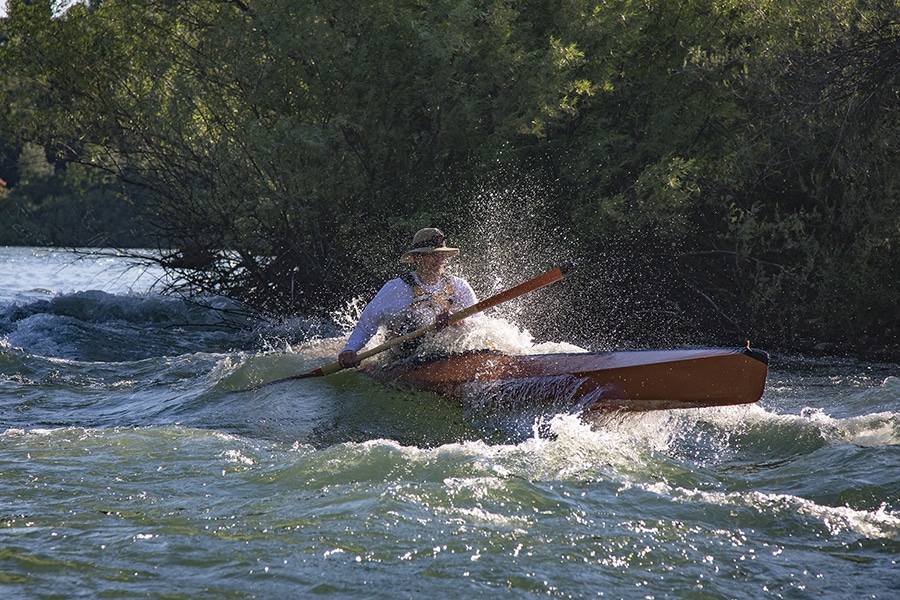The allure of the fall season draws numerous photographers to the world’s most picturesque spots. Capturing the autumnal transformation offers a unique chance to document the metamorphosis of mundane landscapes into breathtaking tapestries of color. Through years of experience in photographing the autumn hues, they’ve gathered valuable insights on the most effective tools and techniques for outdoor photography. This article aims to impart several strategies for successfully photographing fall foliage.
Research Locations
While the changing leaves outside one’s home might inspire a spontaneous photo session, it’s wise to research potential locations in advance. Timing is crucial due to variations in foliage based on elevation and other factors. For instance, fall colors in Denver may not appear until late October, but in the higher elevations of Colorado’s mountains, the colors may have already faded. Seasonal shifts and weather conditions, including droughts, rainfall, winds, freezes, and early snowfalls, can all affect the timing and duration of foliage color changes. Therefore, planning several weeks ahead, especially for higher elevations, is recommended. Scouting the area or consulting local reports can ensure the trip is timed perfectly.
To aid in planning, here are some recommended resources for fall foliage reports:
- Local message boards
- Forums
- Facebook groups where community members share their experiences
Shoot at Sunrise for Best Colors
As previously discussed in their article “Why Sunrises are Better than Sunsets,” the photographers find that dawn offers superior photographic conditions. The cold nights of fall lead to still winds and a reduction in atmospheric haze, potentially creating fog or steam over lakes, enhancing the visual appeal of the scene. The clarity of the air allows for the inclusion of distant mountains in photographs. Despite the challenge of waking up early and reaching the location, sunrise photography during fall is deemed highly rewarding.
Stay After Sunset
Staying after sunset can reveal a ‘secondary sunset’ with stunning colors that may not have been present during the actual sunset. This phenomenon, occurring around 15-20 minutes after the sun sets, can offer a unique opportunity to capture the landscape in a different light. The photographers have witnessed this firsthand during workshops, and although it requires dealing with the cold and longer shutter speeds, the results can be striking. They stress the importance of staying prepared for this event, as many photographers may leave too soon and miss out.
Use a Polarizing Filter
A polarizing filter is an essential tool for fall photography, primarily used to reduce reflections that can make foliage appear flat. By cutting down on these reflections, the true colors of the scene are brought out, especially after rainfall. Additionally, polarizing filters are effective in reducing atmospheric haze, which is particularly useful for sunrise and sunset shots. The impact of a polarizing filter is something that cannot be replicated in post-processing, making it a staple for landscape photographers.
Identify Your Subject(s)
When photographing fall scenes, it’s important not to get caught up in the colors alone. A strong image requires a distinct subject or pattern. Photographers should seek out unique elements within the colors, such as a lone evergreen among colorful aspens, or a single vibrant aspen among faded ones. If no obvious subjects present themselves, the search should extend to interesting patterns and textures.
Don’t Compromise Your Framing and Composition
The principles of photography, such as location, timing, light, form, subject, mood, framing, and composition, remain crucial in fall photography. Colors should serve as supporting elements, not the main attraction. The photographers have observed that many, especially beginners, tend to shift their focus to attractive light rather than maintaining a well-thought-out composition. They advise against this common pitfall, encouraging photographers to slow down and consider their framing and composition carefully.
Bad Weather is Good Weather
Fall photography can be accompanied by challenging weather, but this should not deter photographers. In fact, they often find that overcast and rainy days offer the potential for dramatic openings in the sky, intense colors, and even rainbows. Harsh weather conditions can lead to some of the most memorable and striking images, such as a vibrant sunset following a storm or the rare beauty of snow mingling with autumn colors.
Don’t Forget to Look Up
Exploring forests with tall trees can reveal captivating perspectives when looking upward. With a wide-angle lens, photographers can capture converging trees or create sun stars by partially blocking the sun at a small aperture.
Try Shooting at Night
Night photography offers a different angle on fall scenery, allowing for unique captures such as moonlit landscapes or the Milky Way. Planning ahead for nighttime shoots can result in distinctive and remarkable images.
Go for the Details
Paying attention to details can uncover a wealth of photographic opportunities. Whether it’s colorful leaves on the ground or the textures of tree trunks, exploring the smaller elements of the landscape can result in compelling compositions. Photographers should remain observant and creative in their approach to capturing the essence of fall.
Nasim Mansurov, the founder of Photography Life and a recognized educator in the photography industry, offers these tips based on extensive experience. Mansurov conducts workshops, creates educational videos, and writes for Photography Life. Followers can connect with him on Instagram and Facebook.
